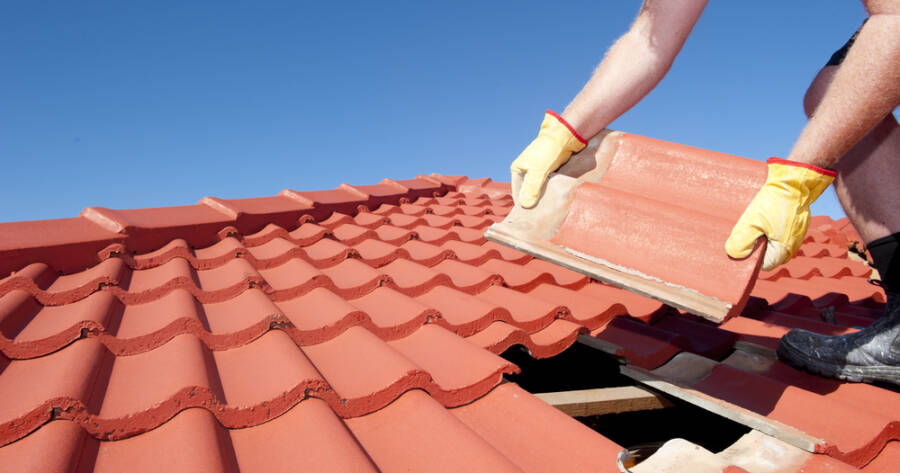Metal and asphalt shingle roofing materials can endure for up to 50 years, providing long-lasting protection for homes. Metal roofing is particularly resilient against strong winds and severe weather, making it an excellent choice for storm-prone regions.
What is the Best Roofing Material?
When selecting the best roofing material for a home, several factors must be considered, including durability, weather resistance, energy efficiency, and aesthetics. Different roofing materials offer unique advantages and disadvantages, and the optimal choice depends on the specific needs and preferences of the homeowner.1
Asphalt shingles remain a popular and cost-effective roofing option due to their affordability, ease of installation, and wide range of colors and styles. However, they have a shorter lifespan compared to other materials and may require more frequent maintenance and replacement.
Metal roofing, such as aluminum or steel, provides exceptional durability and longevity, with some systems lasting up to 50 years. Metal roofing is also resistant to high winds, hail, and fire, making it an ideal choice for areas prone to severe weather conditions. However, metal roofing can be more expensive than other options and may require professional installation.
Durability, Weather Resistance, and Energy Efficiency: The Benefits of Roofing
The primary function of a roof is to protect the home from the elements, and different roofing materials offer varying degrees of durability and weather resistance. Asphalt shingles provide adequate protection against rain and wind but may be susceptible to damage from hail and high winds. Metal roofing excels in durability, withstanding even extreme weather conditions such as hurricanes and hail storms.
In terms of energy efficiency, some roofing materials can contribute to lower energy bills and increased comfort within the home. Solar roofing systems, which incorporate photovoltaic (PV) panels into the roof, can generate clean, renewable energy, reducing reliance on grid electricity and potentially generating savings on electricity costs. Additionally, metal roofing can reflect sunlight and heat, helping to keep the home cooler in warm climates and reducing the need for air conditioning.
Metal, Asphalt, and Solar Roofing: Options for Every Home
When selecting the best roofing material for a particular home, it is essential to consider the specific climate, budget, and aesthetic preferences of the homeowner. Asphalt shingles remain a popular choice for their affordability and ease of installation, while metal roofing offers superior durability and weather resistance. Solar roofing systems provide the added benefit of generating renewable energy, contributing to sustainability and potentially reducing energy costs.2
Ultimately, the decision of which roofing material to choose should be based on a comprehensive evaluation of the available options, taking into account factors such as durability, weather resistance, energy efficiency, and cost. Consulting with a professional roofing contractor can provide valuable insights and recommendations based on the specific needs and conditions of the home.
Learn More About Roofing
For individuals interested in delving deeper into the world of roofing materials and techniques, numerous resources are available online and in libraries. Reputable sources such as the National Roofing Contractors Association (NRCA), the Asphalt Roofing Manufacturers Association (ARMA), and the Metal Roofing Alliance (MRA) provide comprehensive information, guides, and best practices related to roofing.

